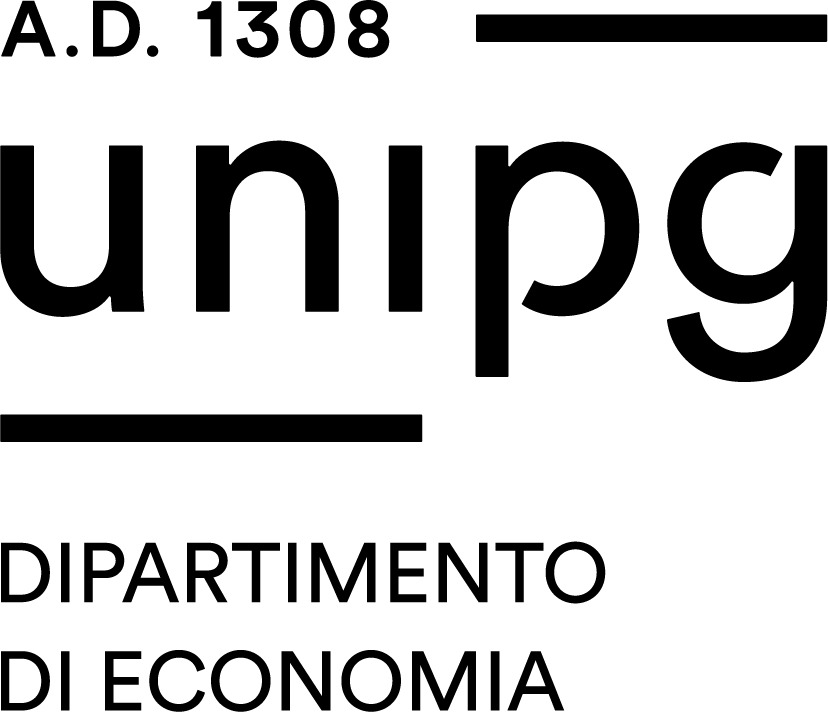Study-unit Economics and globalisation
| Course name | International relations |
|---|---|
| Study-unit Code | A001452 |
| Curriculum | Migration, globalisation and world governance |
| Lecturer | Mirella Damiani |
| Lecturers |
|
| Hours |
|
| CFU | 6 |
| Course Regulation | Coorte 2022 |
| Supplied | 2022/23 |
| Supplied other course regulation | |
| Learning activities | Affine/integrativa |
| Area | Attività formative affini o integrative |
| Sector | SECS-P/01 |
| Type of study-unit | Opzionale (Optional) |
| Type of learning activities | Attività formativa monodisciplinare |
| Language of instruction | English |
| Contents | The first part of the course focuses on some main determinants of international competitiveness, strictly related not only to sectoral specialization but also to firm-level advantages. The second part of the course analyses the role of significant reductions in international communication and coordination costs and global value chains. The third part deals with the main notions of exchange rates systems and optimal currency areas. |
| Reference texts | Main Textbook: Krugman, P., Obstfeld, M., (2017). International Economics: Theory and Policy, the latest edition. Addison- Wesley. Other readings selected during the course. |
| Educational objectives | The aim of the course is to provide students the main tools to analyze the main features of the new phase of globalization and evaluate its main impacts and the role of economic policies implications. |
| Prerequisites | Basic notions of micro and macro economics- |
| Teaching methods | The following methods are used: i) lectures, seminars, home assignments. In case of emergency conditions, lectures and seminars will be held in mixed mode. |
| Learning verification modality | Written and oral exam. |
| Extended program | 1) Market Imperfections: monopolistic competition and intra-industry trade 2) Firm heterogeneity and international trade 3) The global value chains, offshoring and routine-biased technological change 4) International negotiations: World Trade Organization, free trade agreements, custom unions, single markets. 6) The exchange rate system and implications for economic policies. |


